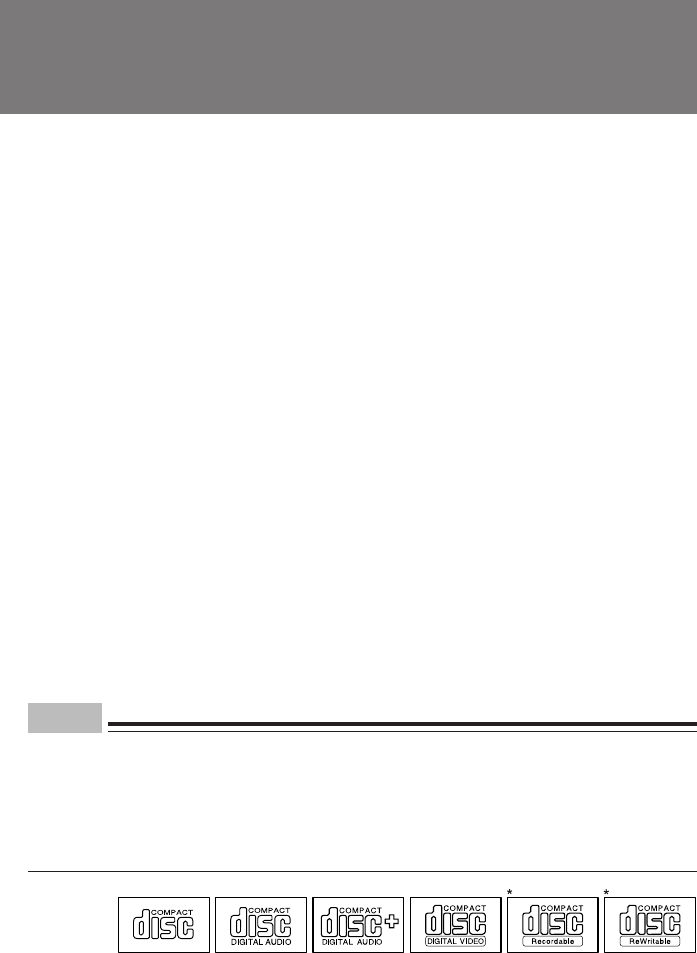
23
9 CDs
This section explains how to handle, insert, and remove CDs.
■ Notes on handling
To prevent faults, note the following when handling CDs.
● Notes on handling CDs
• Do not use a ball-point pen or pencil on the label (printed side). Do not affix a label.
• Do not touch or damage the data side.
• Do not bend or compress them.
• If the CD gets dirty or wet, wipe it with a dry soft cloth from the center to the edge. Do not use a
cleaner.
• Keep them dry.
• Do not place them in an extreme temperature environment.
• Do not place them in a humid and dusty environment.
● Notes on using the drive
• Do not use CDs that do not meet the requirements in “Notes on handling CDs,” or those warped,
damaged, or cracked. Otherwise, a fault may occur. Faults caused by the use of a defective CD
shall not be covered by the warranty.
• This PC can use circular CDs only. Do not use odd-shaped CDs. Otherwise, a fault may occur.
Faults caused by the use of an odd-shaped CD shall not be covered by the warranty.
• Use of a commercially available CD-ROM cleaning disc may place dust on the lens. Do not use
a CD-ROM cleaning disk.
Point
• CD-ROM is a compact disc (CD) that stores PC information (such as characters) rather than
music. ROM stands for Read Only Memory. This PC can read data from CD-ROMs but cannot
write data, except when CD-R/RW is selected as a custom-made option.
• This PC can use CDs having any of the following marks. Do not use CDs without a mark.
Otherwise, a fault may occur.
An additional application may be necessary to use particular types of CDs.
* ASTERISKED CDS CAN ONLY BE USED ON CD-R/RW DRIVES TO WRITE DATA.
04-DP8 (18-26) 3/2/01, 2:31 PM23


















